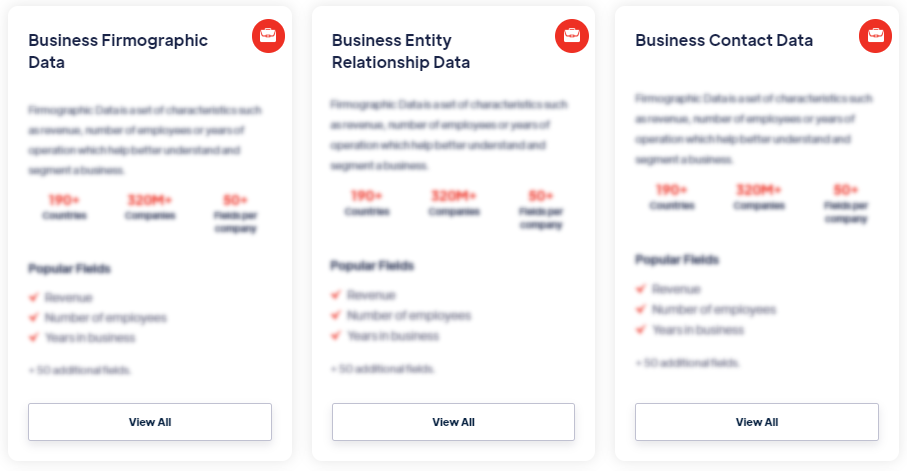Best
Geographical data
Products
Geographical data is a collection of information that represents the physical characteristics, attributes, and spatial relationships of geographic features on the Earth's surface. It includes data about the location, shape, size, and characteristics of places, as well as the relationships between different geographic entities. Read more
Our Data Integrations


Request Data Sample for
Geographical data

Browse the Data Marketplace

Frequently Asked Questions
1. What is Geographical Data?
Geographical
data is a collection of information that represents the physical
characteristics, attributes, and spatial relationships of
geographic features on the Earth's surface. It includes
data about the location, shape, size, and characteristics of
places, as well as the relationships between different
geographic entities.
2. How is Geographical Data Generated?
Geographical data is generated through various methods,
including surveys, remote sensing, global positioning systems
(GPS), satellite imagery, aerial photography, and digitization
of existing maps. Surveys involve collecting data on the ground
using field instruments, while remote sensing captures data from
airborne or satellite sensors. GPS technology enables precise
positioning and location data collection.
3. What are the Types of Geographical Data?
Geographical data can be classified into different types,
including vector data and raster data. Vector data represents
geographic features using points, lines, and polygons, along
with attribute information. It is suitable for representing
discrete features such as roads, buildings, and administrative
boundaries. Raster data represents information in a grid of
cells, where each cell contains a value representing a specific
attribute, such as elevation, temperature, or land cover.
4. What are the Applications of Geographical Data?
Geographical data finds applications in various fields,
including urban planning, transportation, natural resource
management, environmental analysis, disaster management, market
analysis, and location-based services. It allows for spatial
analysis, visualization, and modeling, enabling better
decision-making, resource allocation, and understanding of
spatial patterns and relationships.
5. What are the Challenges in Working with Geographical
Data?
Working with geographical data presents challenges such as data
quality issues, data interoperability, different coordinate
systems and projections, managing large datasets, and ensuring
data privacy and security. Handling complex geometries,
integrating data from multiple sources, and processing
high-resolution imagery also pose challenges in geographical
data analysis.
6. How is Geographical Data Stored and Managed?
Geographical data can be stored in various formats, including
shapefiles, geodatabases, GeoJSON, Keyhole Markup Language
(KML), and raster formats like GeoTIFF. Geodatabases are
commonly used for managing and organizing geographical data,
allowing efficient querying, editing, and analysis. Geographical
data can also be stored and accessed through web services and
cloud-based platforms for easier sharing and collaboration.
7. What are the Tools and Software Used for Geographical Data
Analysis?
There are several software tools and libraries available for
working with geographical data, including commercial GIS
software such as ArcGIS and open-source solutions like QGIS.
Programming libraries such as GDAL, GeoPandas, and R packages
like sf provide functionalities for data manipulation,
visualization, spatial analysis, and creating maps.
